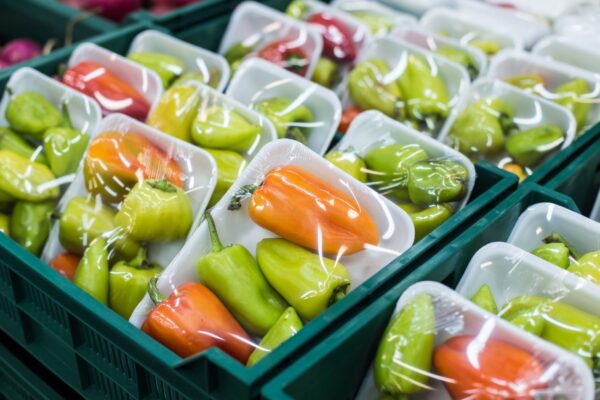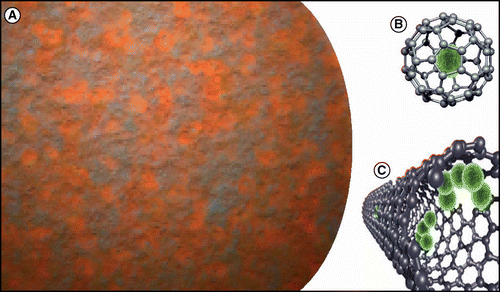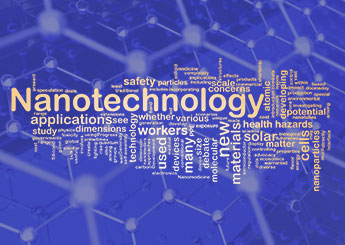Nanotechnology applications have improved day by day through the use of advanced nanomaterials and their anomalous physical properties. Shading light on the progress and scope of benefits of nanoscience in recent times, Prof. P Deb, a renowned nanoscientist, has described his recent research endeavors.
Biodegradable 2D filler application of Nanotechnology by Prof. P Deb
He said that the use of plastic begins in the morning of our day with breakfast stuff to purchasing household goods throughout the day. Plastic has been a cause for spreading pollution and because of it, pollution in oceans, waterways, and lands is increasing every day. Prof. Deb and his research team have invented a two-dimensional nanomaterial-based film, which has shown big hope for finding a cost-effective alternative to plastic. In this new plastic alternative material, the nanometric functionalities have provided advantages due to the brilliant properties of nanofiller and matrix. The 2-D film was developed with polymer composite. The polymer matrix was filled with 2-D fillers and other compositions. It can help in reducing environmental pollution through biodegradability. Also yields the product with superior mechanical properties and stability, making it suitable for commercial use.
The requirement for an alternative to plastics is necessary for all sectors and industries. The nano-techniques and skills are ensuring to emphasize healthy and pollution-free alternatives. Effective use of polymer and applications will further bring new inventions in developing various prospects.

Functionality of materials 2D fillers
The composition used in this biodegradable material allows the food packed to remain fresh and increases the shelf life of the food products. The composition of the biodegradable film is made of 2-D filler and polymer. 2-D filler acts as an agent for providing strength to the film under the optimum reaction and condition. This also enables control of the diffusion of air and water vapor. The film prevents catching bacterias or fungus in food, i.e having antibacterial or antimicrobial functionality. Last but not the least, essential property of this 2-D film invented through a simple fabrication method is its biodegradability. Plastic never gets decomposed, but this new product has the property of decomposition. It requires only warm water to dissolve 2-D film and then the solution can be decomposed into soil thorough vermicomposting within a few days.
Prof. Deb also stated that the efficacy of this plastic alternative has been tested in a variety of foods. The tests were carried out in one local food industry of Assam, storing both liquids and solid foods. The quality of the foods was found to be fresh and retained even after 15 days sealed in the 2D packaging film. National Research and Development Corporation (NRDC) and MSME Government of India both have certified his contribution and at the same time supported the research project.
His extraordinary accomplishments in nanoscience and technology innovation were recognized nationally and internationally through a large number of awards. Most recently, he was awarded Vistors’sAward for Technology Development from The President of India in 2021. He was also awarded the prestigious National Bioscience Award 2017-18 from the Department of Biotechnology, Govt. of India.
As a Physicist and Nanoscientist, Prof. Deb has recently focused on Quantum Nanoscience. The motive of his research is to use nanotechnology in the development of healthcare, energy, and environmental applications.
It already ensures that the future of nanoscience has the wide probability to create innovation in the fields of health and the environment.

Nanotechnology on Quantum confinement effects
Prof. Deb described his research interest in Quantum confinement effects related to magnetic and optical properties. He also said, “I want to relate science with society”. The contribution of nanosciences in daily society can be significant and is having huge potential. He wants to provide benefits to society through the advantage and research-oriented around Quantum confinement in nanotechnology.
The Quantum effect is used in the research and development of diagnosis and therapeutic applications in the healthcare sector.
Magnetic Resonance Imaging (MRI) has become the most important and effective tool for diagnosis in the medical field. In the complex landscape of the human body, this MRI technique can provide the best resolution through invasive techniques. MRI imaging has been getting modified and improved with the help of nanotechnology. With the discovery of superparamagnetic nanoparticles as MRI contrast enhancers, this technique has shown its unseen potential as the most advanced and convincing diagnostic technique. Prof. Deb’s research on the development of MRI contrast nanoprobe is highly recognized by the scientific community both at national and international levels. The new invention of MRI contrast agents enables high-quality MRI images with reduced effects and toxicity caused to the body. Moreover, the application of nanostructured materials contributes to providing less quantity of doses.

New Development Due to Nanotechnology
Nanotechnology has been a hope to the revival of advanced science utility. According to Prof. Deb, his wide exposure to the new age of science inspired him to choose nanotechnology. He also stated that the discovery of fullerene in 1985 had given him the ambition to study nanotechnology as a career. The innovative discovery of Fullerene was later honored with Nobel Prize in chemistry. Apart from acquiring knowledge about the subject, the discoveries enlightened his keen interest in Nanoscience. He said, “A young mind, who was looking for a challenging research problem in doctoral studies, was greatly motivated by maiden discoveries of Nanoscience at that time.
Later he got an opportunity to meet Nobel Laureate Robert Curl when he was in RICE University USA as a Visiting Professor. After completion of his post-doctorate, he joined Tezpur University and pursued his research interest.
While mentioning his hobbies he still practices and plays musical instruments like guitar and violin. According to him, Physistis and musical instruments have had a strong connection since historical time. He said, “Not professionally but I still play them whenever I have time”.





